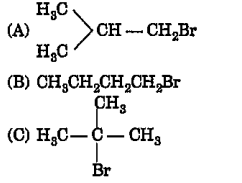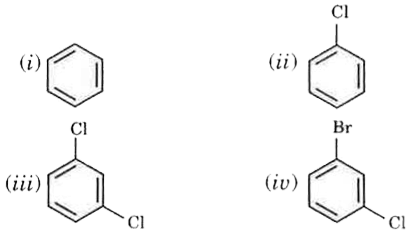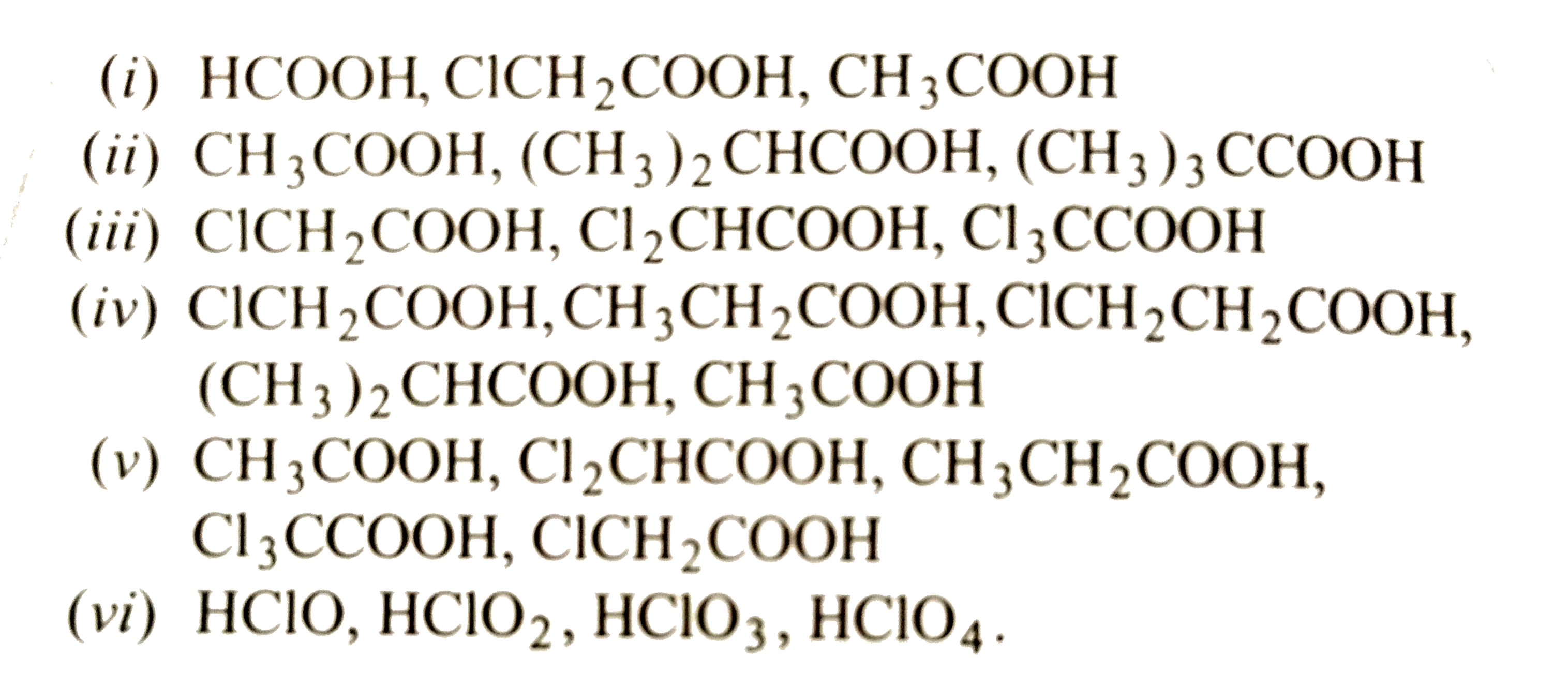Arrange the following types of soil in increasing order based on the size of the mineral particles in them.
Silt<Clay<Fine sand
Clay<Silt<Fine sand
Fine sand<Clay<Silt
Silt<Fine sand<Clay
The correct Answer is:B
To arrange the types of soil in increasing order based on the size of the mineral particles, we will analyze the particle sizes of each type of soil mentioned.
1. Identify the Types of Soil: The types of soil we need to arrange are clay, silt, and fine sand.
2. Determine the Particle Sizes:
- Clay Soil: The particle size of clay soil ranges from 0.001 mm to 0.002 mm.
- Silt Soil: The particle size of silt soil ranges from 0.002 mm to 0.05 mm.
- Fine Sand: The particle size of fine sand ranges from 0.05 mm to 2.0 mm.
3. Compare the Particle Sizes:
- Clay has the smallest particle size (0.001 mm to 0.002 mm).
- Silt has a larger particle size than clay (0.002 mm to 0.05 mm).
- Fine sand has the largest particle size (0.05 mm to 2.0 mm).
4. Arrange in Increasing Order:
- Based on the sizes determined, we can arrange the soils in increasing order of particle size:
1. Clay
2. Silt
3. Fine Sand
5. Final Arrangement: The increasing order of soil types based on particle size is:
- Clay < Silt < Fine Sand
Conclusion:
The correct arrangement of soil types in increasing order based on the size of mineral particles is:
- Clay < Silt < Fine Sand
- Clay Soil: The particle size of clay soil ranges from 0.001 mm to 0.002 mm.
- Silt Soil: The particle size of silt soil ranges from 0.002 mm to 0.05 mm.
- Fine Sand: The particle size of fine sand ranges from 0.05 mm to 2.0 mm.
- Clay has the smallest particle size (0.001 mm to 0.002 mm).
- Silt has a larger particle size than clay (0.002 mm to 0.05 mm).
- Fine sand has the largest particle size (0.05 mm to 2.0 mm).
- Based on the sizes determined, we can arrange the soils in increasing order of particle size:
1. Clay
2. Silt
3. Fine Sand
- Clay < Silt < Fine Sand
The correct arrangement of soil types in increasing order based on the size of mineral particles is:
- Clay < Silt < Fine Sand
Topper's Solved these Questions
Similar Questions
Knowledge Check
Arrange the following compounds in increasing order of acid strength
 A(i)>(ii)>(iii)B(ii)<(i)<(iii)C(iii)<(i)<(ii)D(iii)>(i)>(ii)
A(i)>(ii)>(iii)B(ii)<(i)<(iii)C(iii)<(i)<(ii)D(iii)>(i)>(ii)Arrange the following in increasing order of stability :
AN2<N+2<N−2BN+2<N−2<N2CN−2<N+2<N2DN2<N−<N+2Arrange the following in increasing order of basicity :
 AS<Q<R<PBS<Q<P<RCS<R<P<QDP<Q<R<S
AS<Q<R<PBS<Q<P<RCS<R<P<QDP<Q<R<S
Arrange the following in increasing order of stability.

View SolutionArrange the following compounds in increasing order of their boiling

View SolutionArrange the following in the order of increasing entropy:
View SolutionArrange the following in increasing order of basicity.

View SolutionArrange the following compounds in the increasing order of their densities

View Solution

